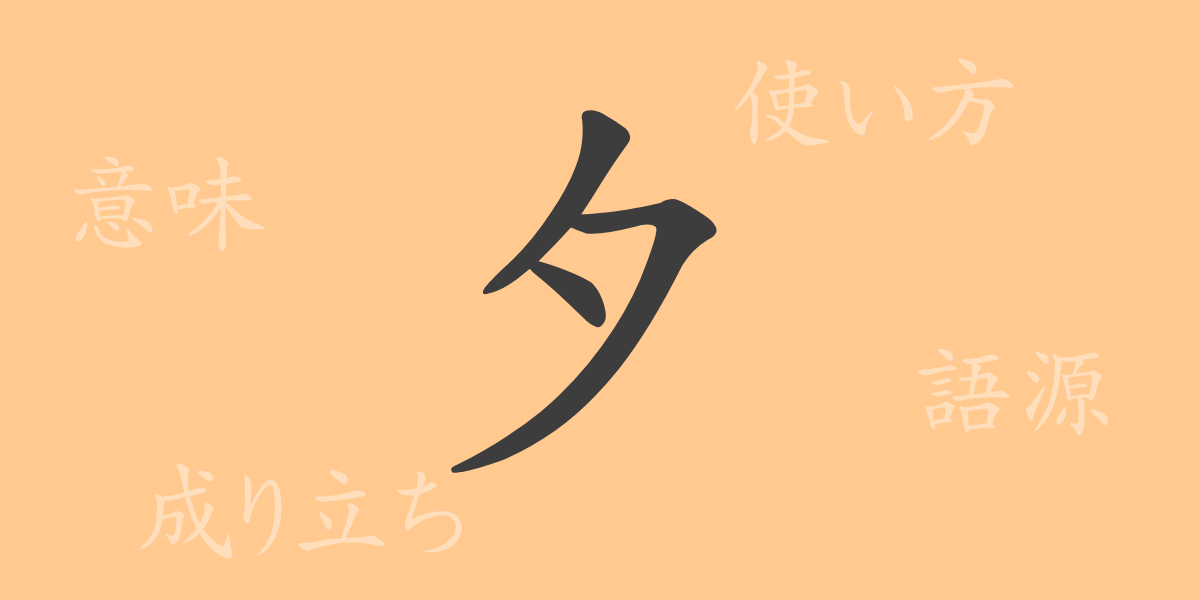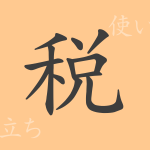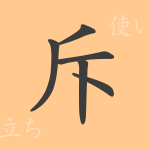The kanji ‘夕’ (ゆう) is deeply integrated into Japanese life, representing more than just the onset of evening. It embodies rich historical and cultural nuances, which this article explores from its origins to modern applications, including phrases and idioms that enrich our understanding of this character.
Origins of 夕
The kanji ‘夕’ depicts the sun setting over the horizon, a symbol first used in ancient China. Initially representing the moment when the sun touches the horizon, this imagery has evolved into the kanji we recognize today. This development reflects the natural progression of time and its integral role in human life.
Meaning and Usage of 夕
‘夕’ specifically denotes the evening or dusk— the period from late afternoon to sunset. This time marks the transition from day’s activities to night’s calm. Metaphorically, it can also signify endings, such as the ‘evening’ of a life or era, implying the final phases.
Readings, Stroke Count, and Radical of 夕
The kanji ‘夕’ offers insights into its form and the timing it represents:
- Readings: On’yomi ‘セキ’, Kun’yomi ‘ゆう’
- Stroke Count: 3 strokes
- Radical: The radical is ‘夕’ itself, categorized under ‘夕部’ (ゆうべのゆう), symbolizing the evening.
Phrases and Idioms Using 夕
Phrases and idioms incorporating ‘夕’ play significant roles in Japanese expression:
- ‘夕暮れ’ (ゆうぐれ): The time of dusk.
- ‘夕立’ (ゆうだち): A sudden evening rain.
- ‘夕焼け小焼けで日が暮れて’: A proverb suggesting that a red sky at sunset forecasts fair weather.
- ‘夕日に赤い帆’: Symbolizes a hopeful departure, with sails appearing red against the setting sun.
Conclusion on 夕
‘夕’ transcends its literal meaning to reflect the ebb of time and the closure of days, impacting numerous expressions in Japanese. It is deeply rooted in the cultural and emotional landscape of Japan, offering a window into the collective psyche through its use in language. Encountering ‘夕’ in daily life provides an opportunity to appreciate the rich history and cultural depth behind this simple yet profound kanji.

























